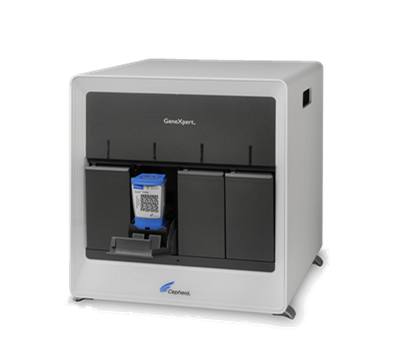艰难梭菌(Clostridium Difficile)是一种革兰氏阳性、产毒素的专性厌氧芽孢杆菌,1978年首次被证实与疾病有关,可通过粪-口途径传播给人类。在欧美国家,艰难梭菌感染(CDI)发病率上升惊人、严重性日趋恶化,常导致住院时间延长、医疗花费激增,甚至死亡1,2,其中高产毒菌株(027-NAP1-BI)导致欧洲和北美地区的爆发流行,死亡率高达50%3。因此,在欧美发达国家,CDI是导致住院患者感染性腹泻的主要病原体。核酸扩增检测技术,用于探测产毒素的菌株,其检测敏感性和特异性均较酶联免疫法更高,也因此欧美各类艰难梭菌临床指南都推荐其可单独用作艰难梭菌的检测

人才中心
TALENT CENTER
中翰盛泰秉承“以人为本”的价值理念,把推进企业与员工的共同发展作为培训发展的战略目标,以搭建系统全面的学习平台、创建学习型组织为战略重点,力求为员工提供更多更广的发展空间。






